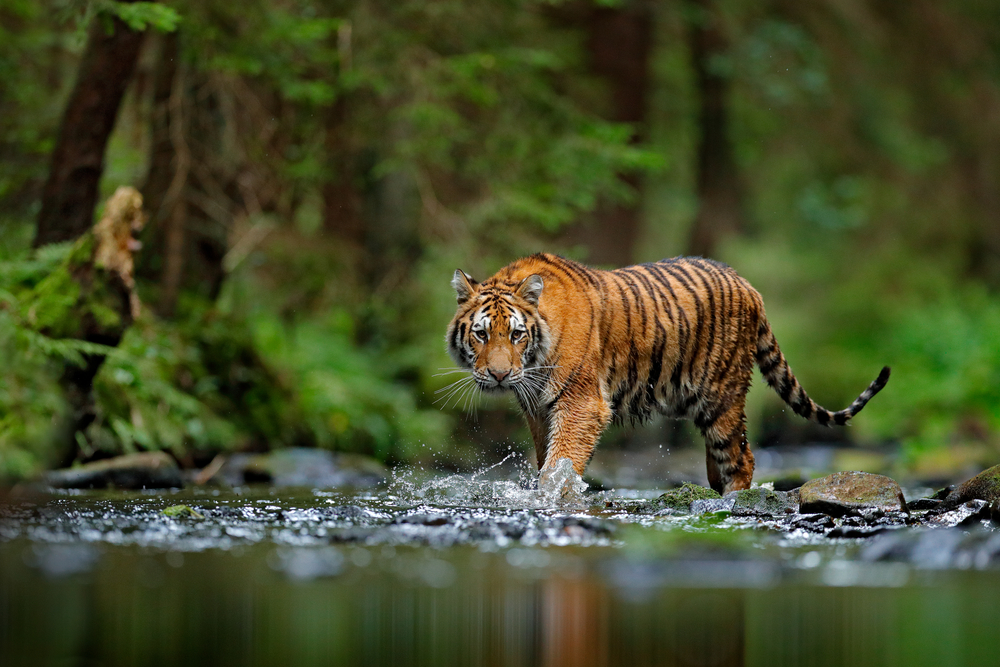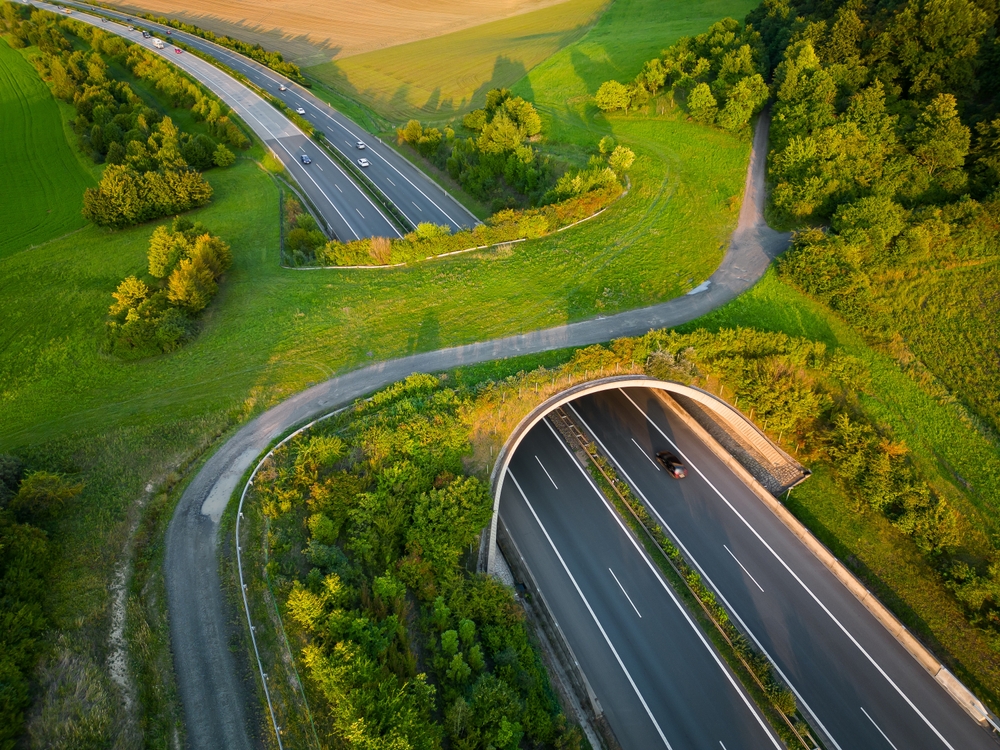The relationship between humans and animals is as old as humanity itself, yet in recent centuries, our actions have increasingly disrupted animal habitats, affecting everything from backyard birds to large predators like big cats. Our expanding infrastructure, agriculture, and modern conveniences have fragmented landscapes that were once expansive and untouched, disrupting the delicate balance required for animal populations to thrive. Understanding how our daily lives intersect with animal habitats is essential to preserving these species for future generations.

Urban expansion is one of the most visible ways humans impact animal habitats. As cities grow, forests and grasslands are cleared to make way for new developments, leaving animals with shrinking living spaces. Birds, squirrels, and even larger mammals like deer and foxes are forced to adapt to these new environments or face displacement. While some species are highly adaptable, learning to live alongside humans in urban settings, others struggle with these abrupt changes, leading to population declines or the complete disappearance of species from certain areas. For example, species like the Eastern Bluebird in the U.S. have faced habitat loss, though bird lovers have helped their numbers rebound by setting up birdhouses and feeders to support their survival.
Agriculture is another major factor in habitat degradation, transforming entire ecosystems to meet human demands for food. Forests and wetlands are cleared to create farmland, eliminating vital habitats for countless animals. Industrial agriculture, in particular, relies on monoculture crops that offer little to no biodiversity, creating “food deserts” for wildlife that once thrived on diverse plant life. Pesticides and fertilizers used in large-scale farming pollute nearby water sources, affecting amphibians, fish, and other water-dependent species. Intensive farming practices disrupt the food chain and damage soil, making it harder for plants and animals to recover even when land is left fallow.
Road networks, railways, and pipelines that crisscross the landscape may seem like symbols of progress, but they present serious obstacles for wildlife. These man-made structures fragment habitats, creating barriers that animals must navigate, often with deadly results. Roads and railways dissect territories, making it difficult for animals to migrate, find food, and breed. Animals attempting to cross these barriers are frequently injured or killed, a reality for countless species worldwide. Big cats like cougars and jaguars, who require large territories to hunt and mate, are particularly vulnerable to this type of habitat fragmentation. Wildlife corridors and underpasses have proven helpful in some areas, allowing animals safer passage, but these solutions are not yet widespread.

Climate change, driven by human activities, poses one of the most significant threats to animal habitats on a global scale. Rising temperatures, changing precipitation patterns, and more frequent extreme weather events are altering ecosystems at a faster rate than most animals can adapt to. Coral reefs, home to a vast diversity of marine life, are bleaching and dying due to rising ocean temperatures, affecting thousands of species that depend on them. In the Arctic, melting ice is shrinking the hunting grounds of polar bears, threatening their survival as they struggle to find sufficient food. Climate change not only affects animal habitats directly but also disrupts migration patterns, breeding seasons, and food availability, placing stress on animals at every level.
While human activity has undeniably disrupted animal habitats, there is hope in the growing movement toward conservation and sustainable development. By understanding the ways we impact animal habitats, we can begin to make choices that minimize our footprint. Creating protected areas, supporting sustainable farming practices, and adopting green urban planning can help preserve habitats for generations to come. Small changes, like reducing waste, supporting eco-friendly products, and even planting native trees, collectively add up, providing wildlife with a fighting chance. From backyard birds to big cats, every animal relies on a balanced ecosystem to survive, and it’s within our power to help restore that balance.
